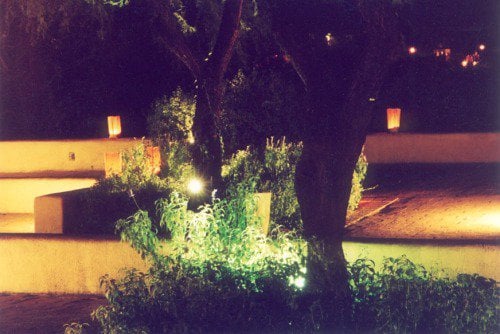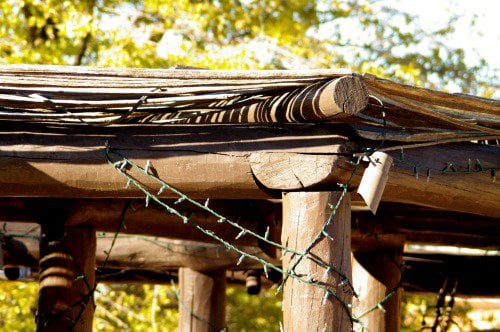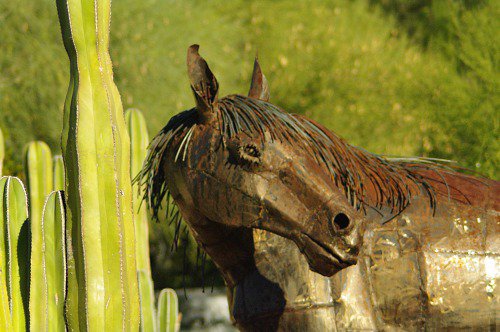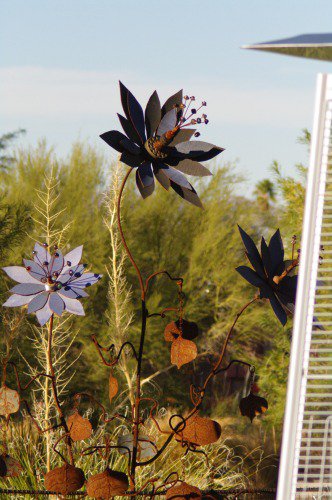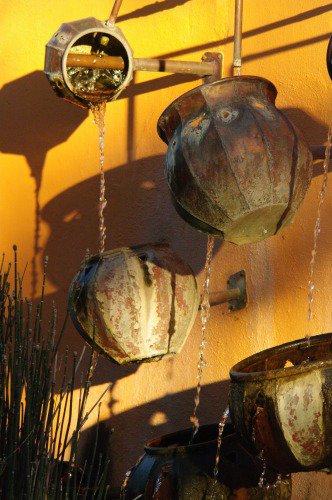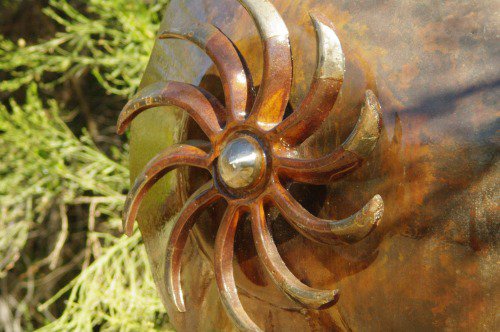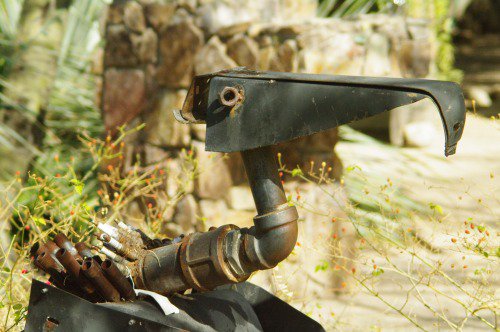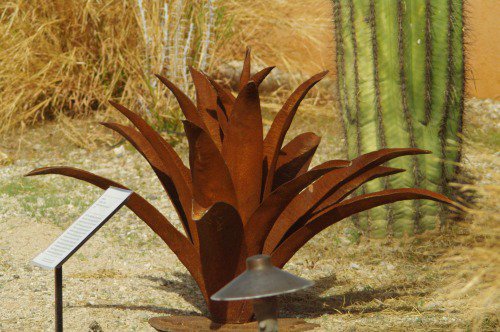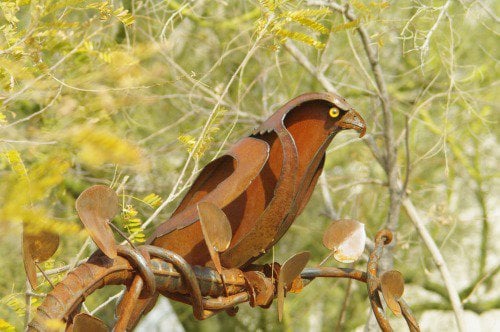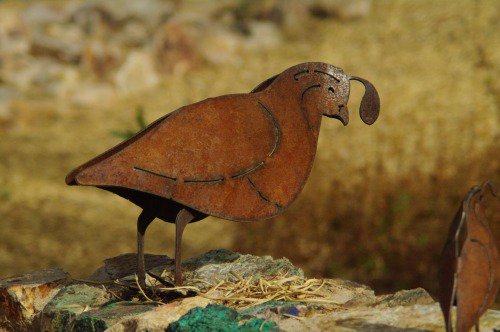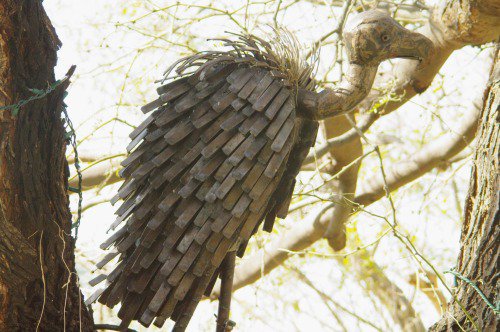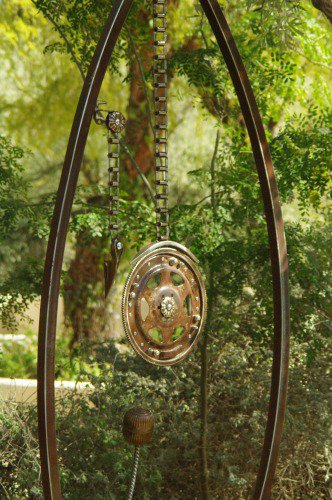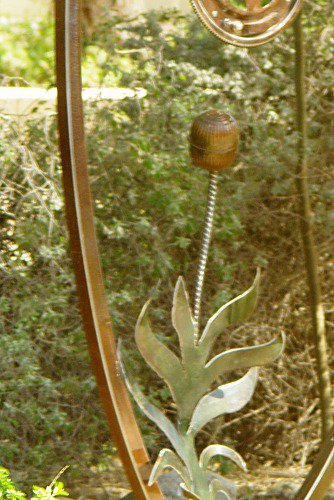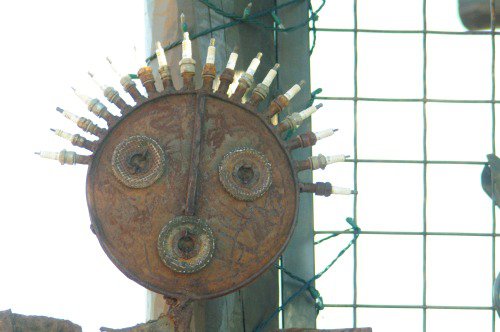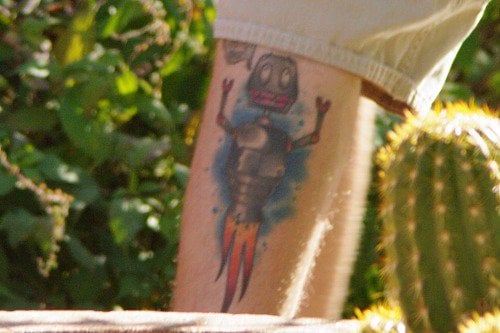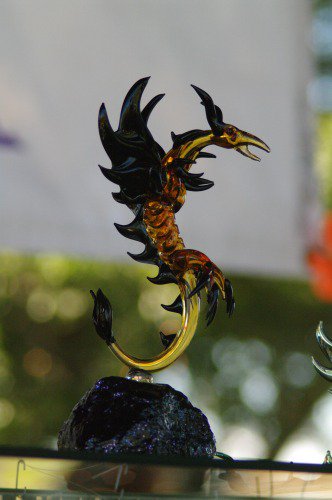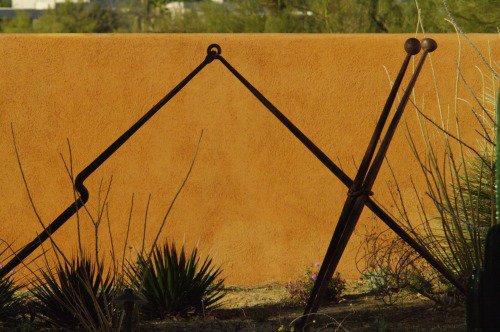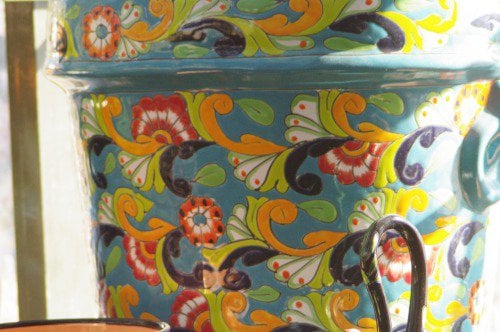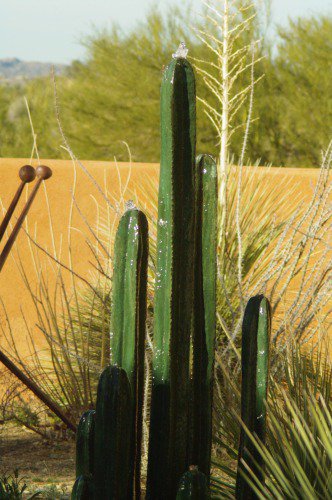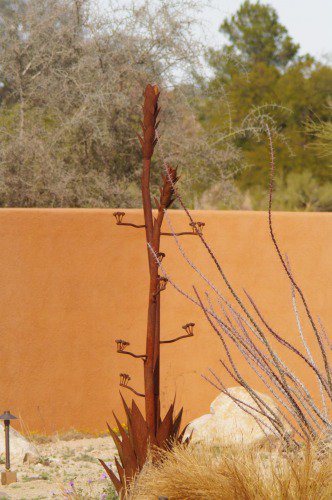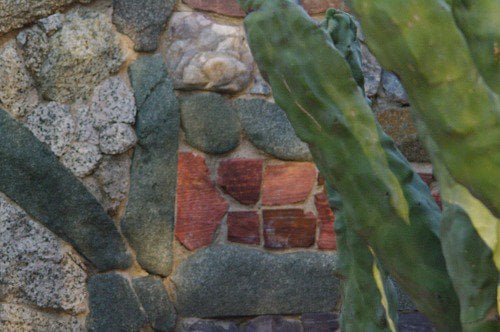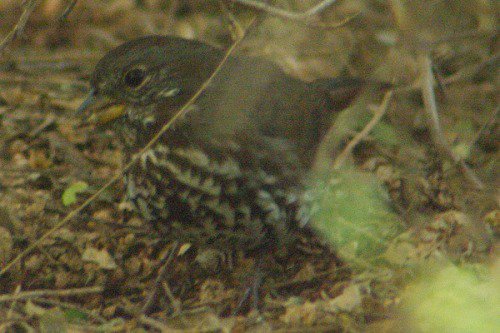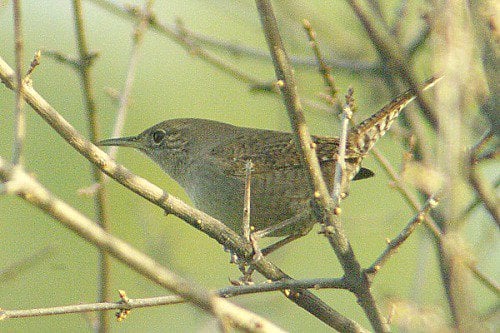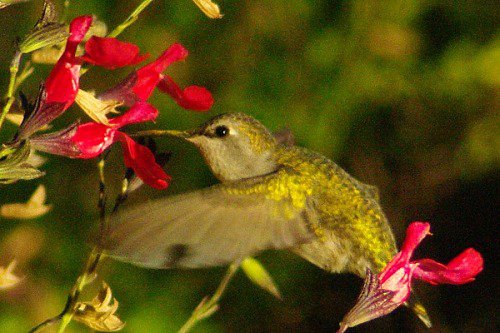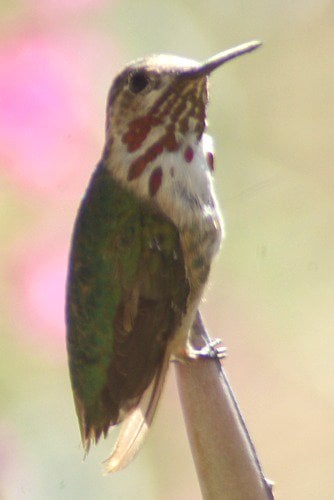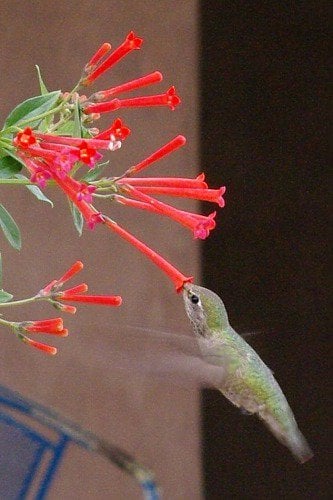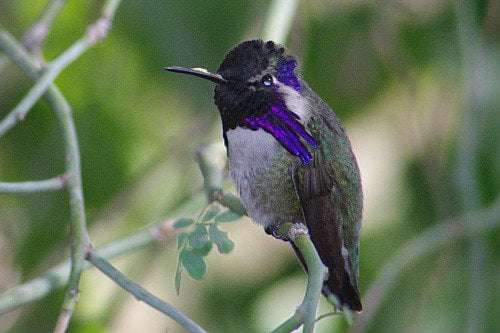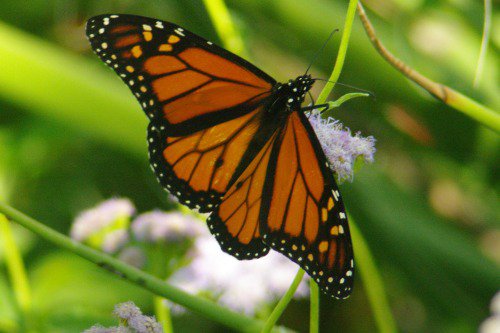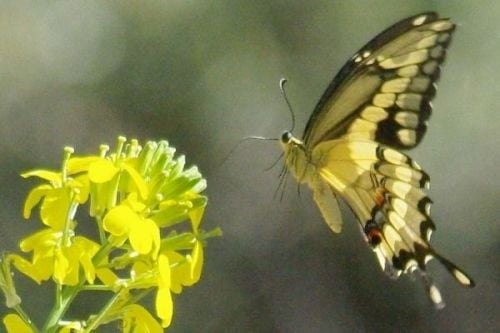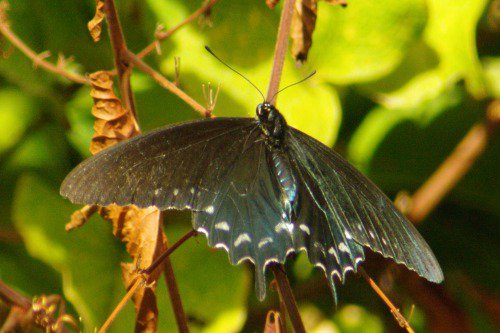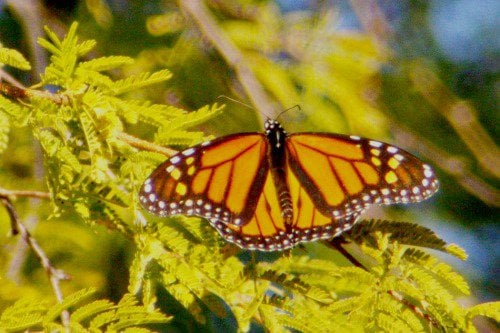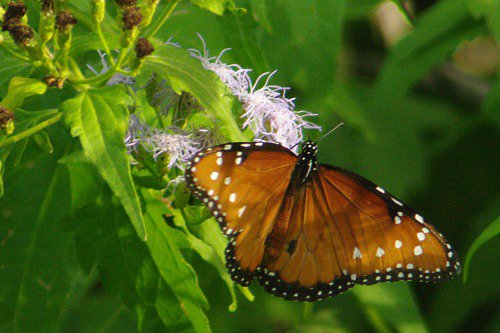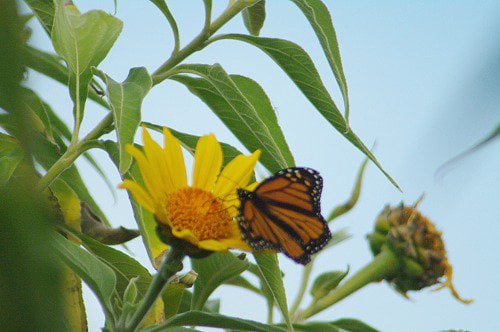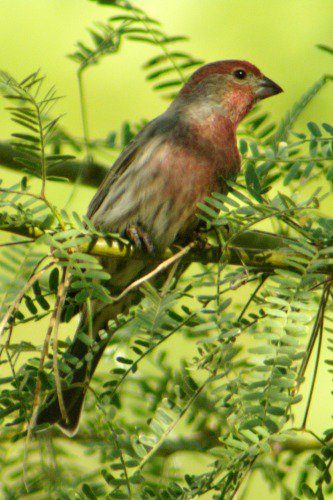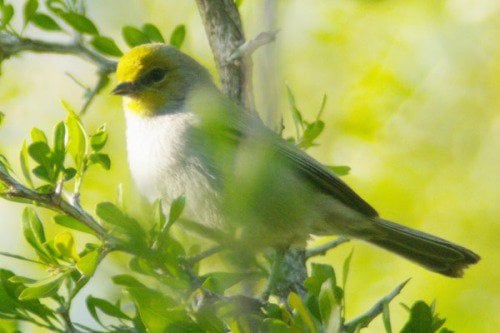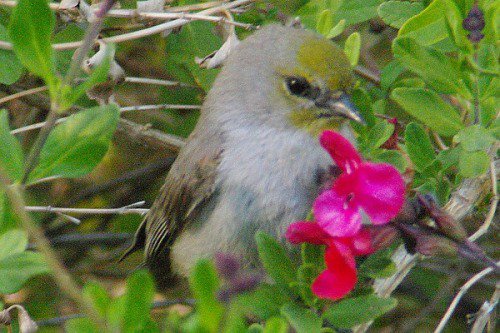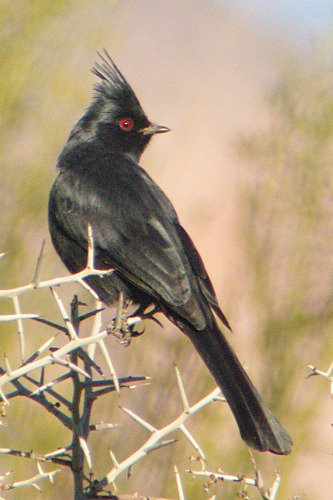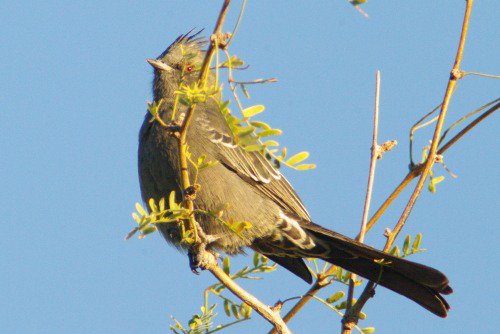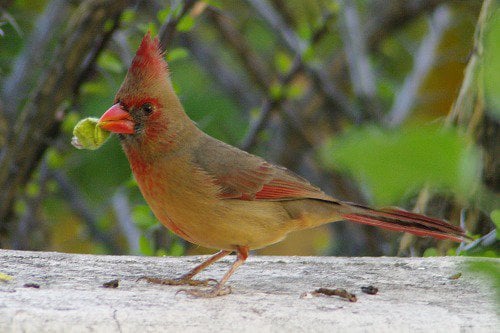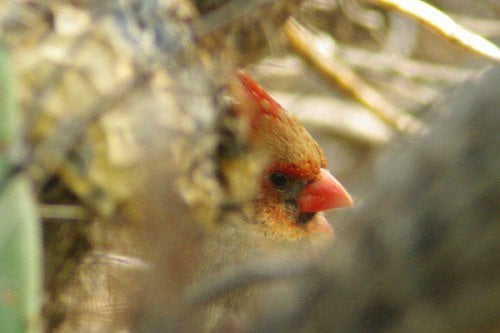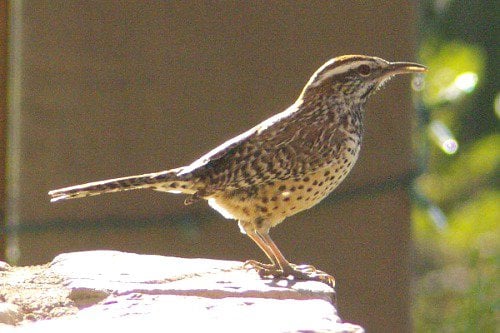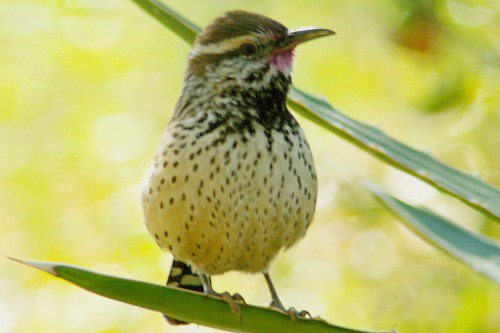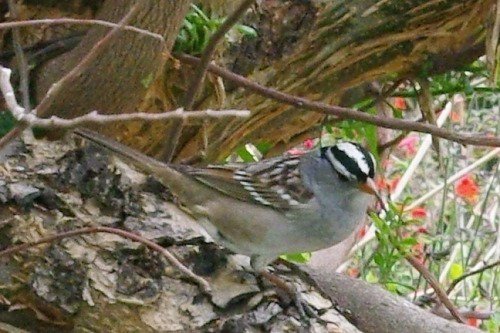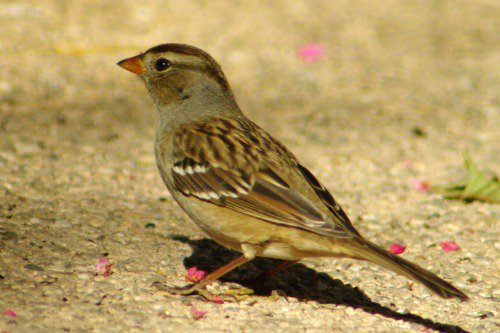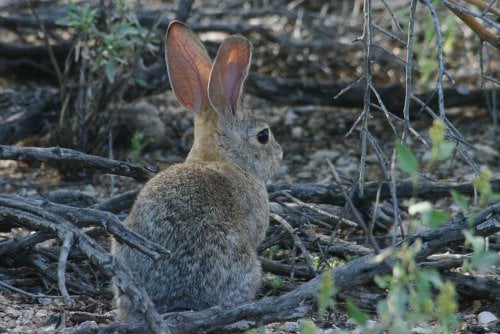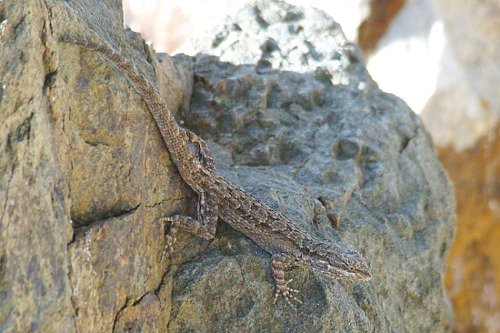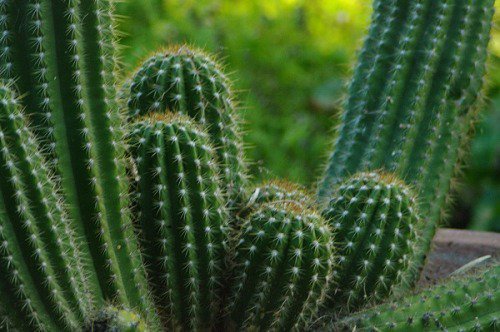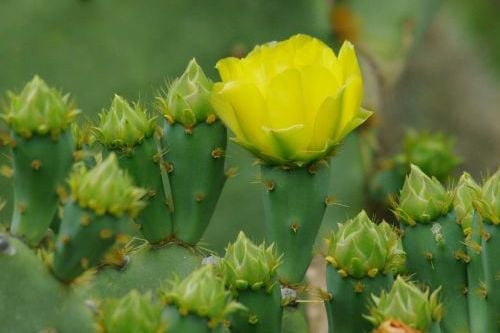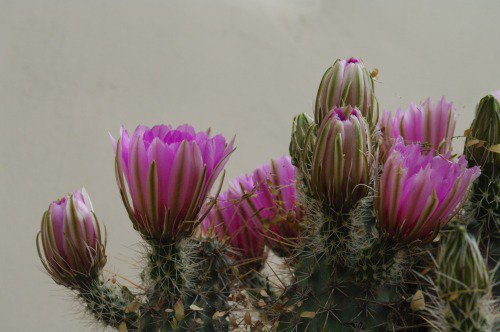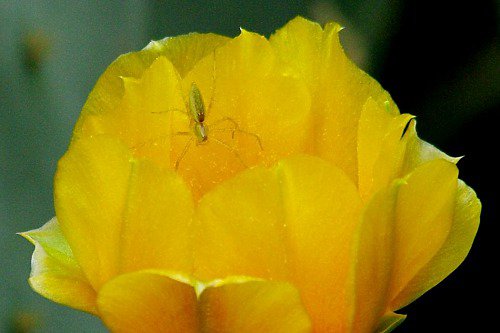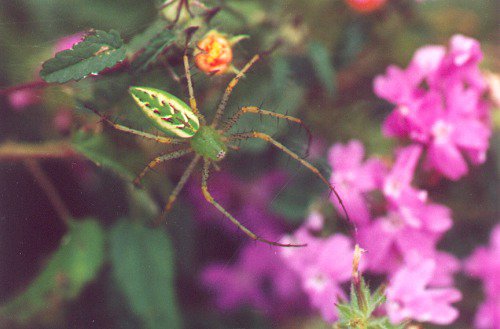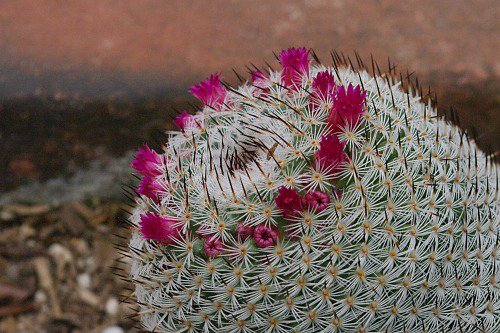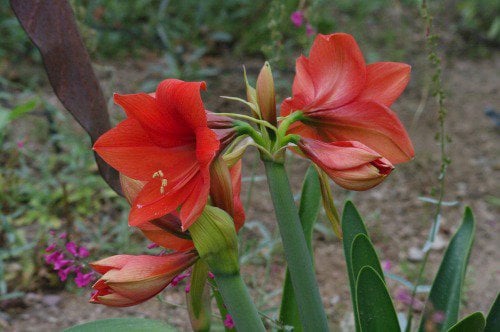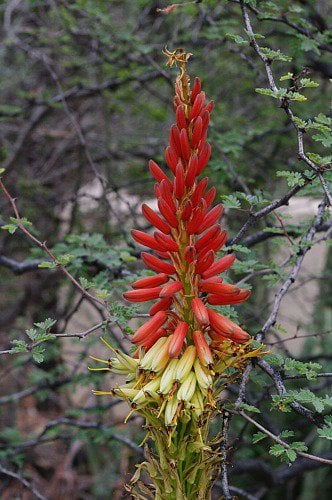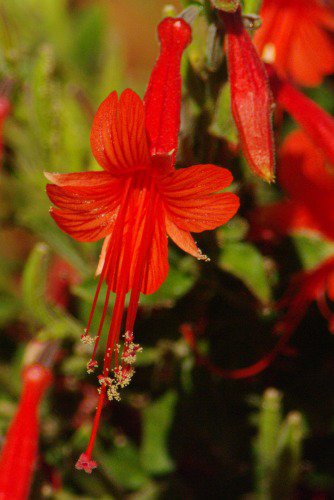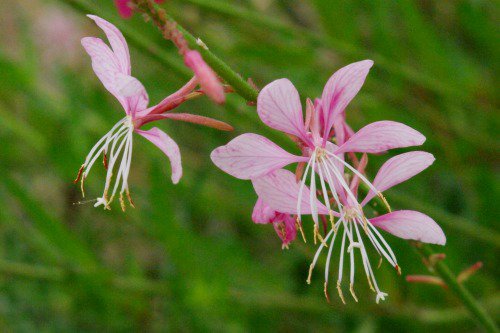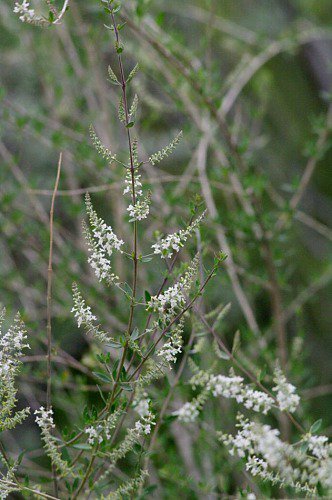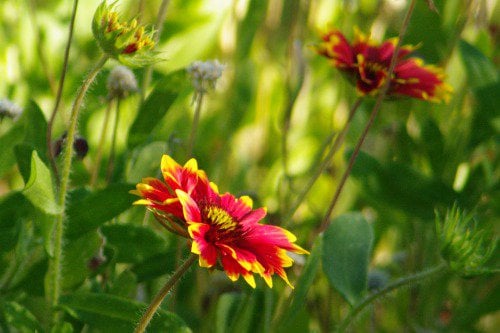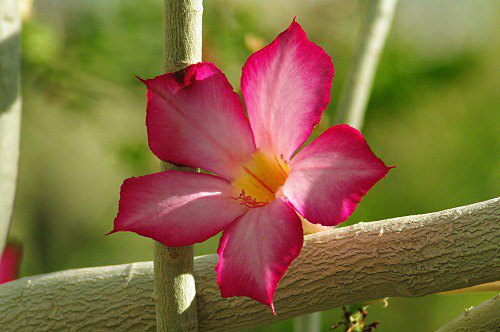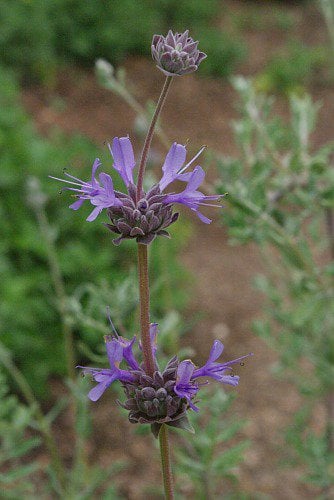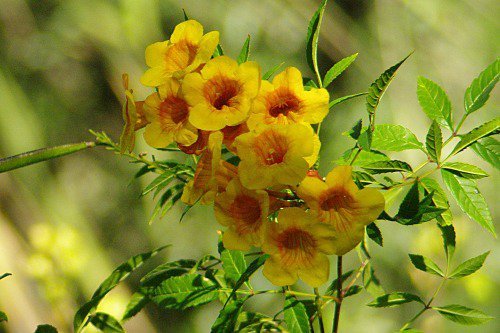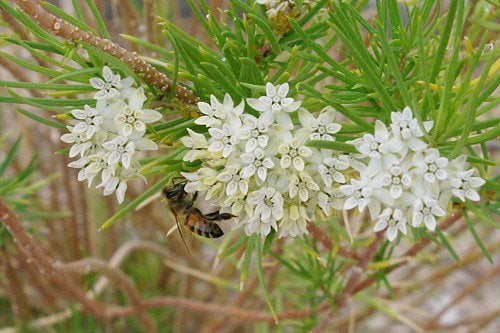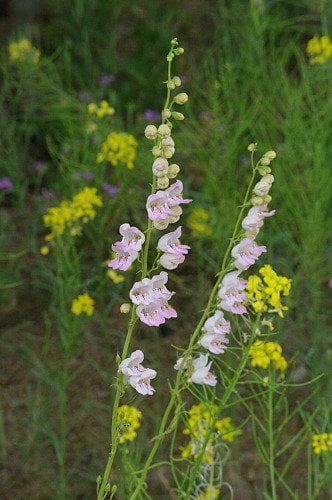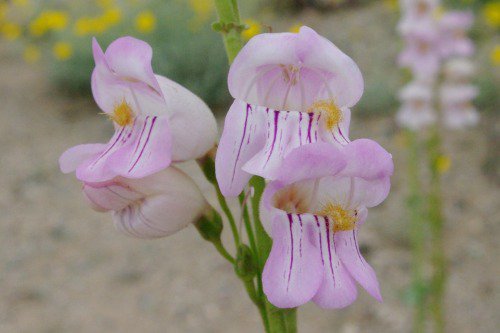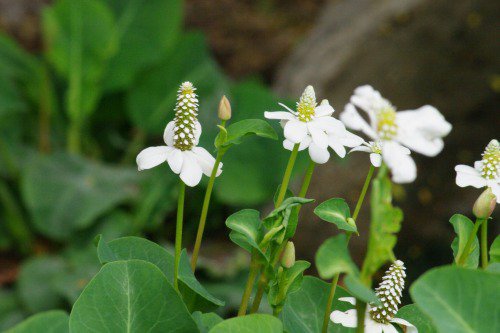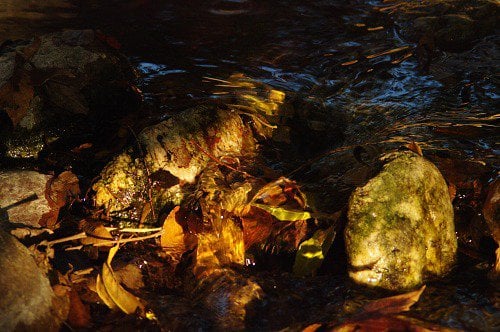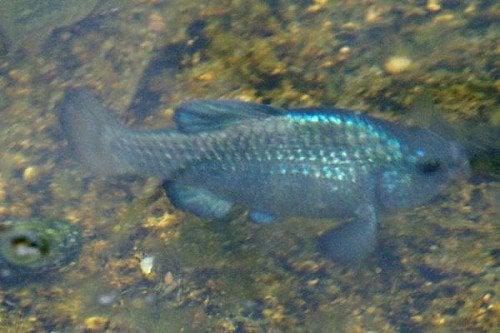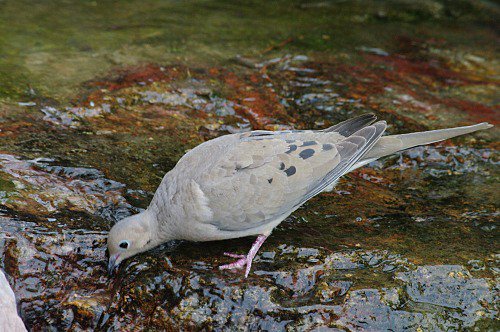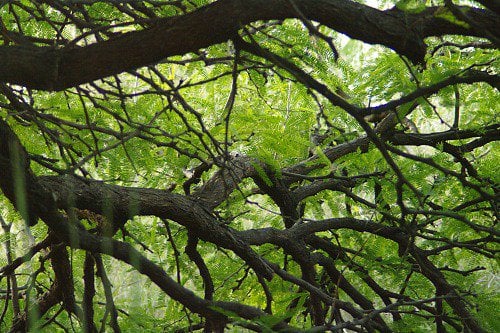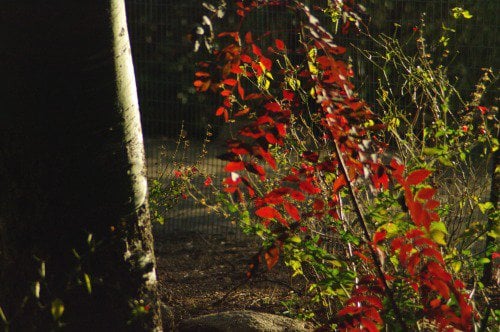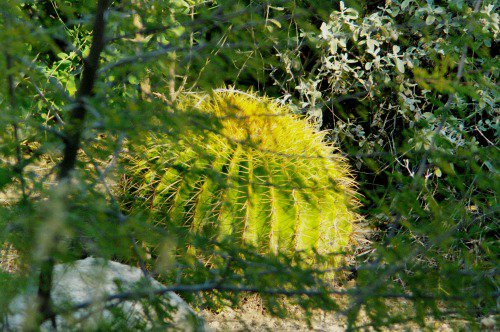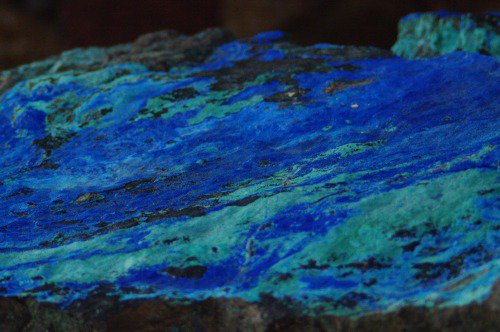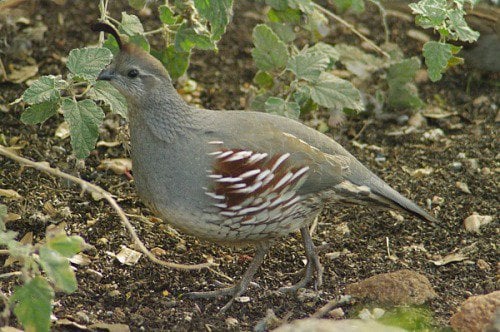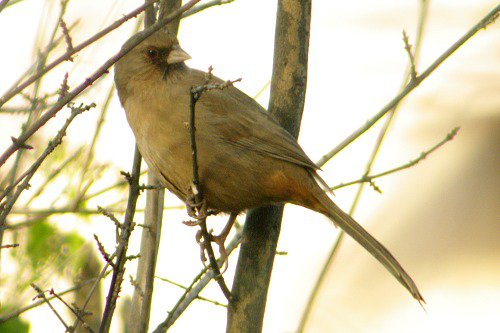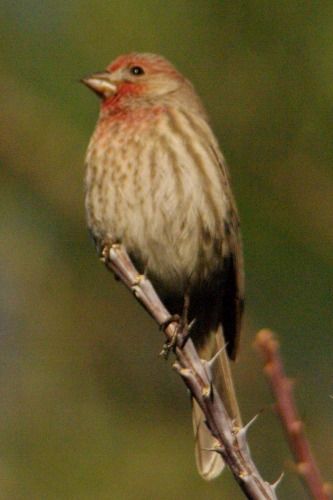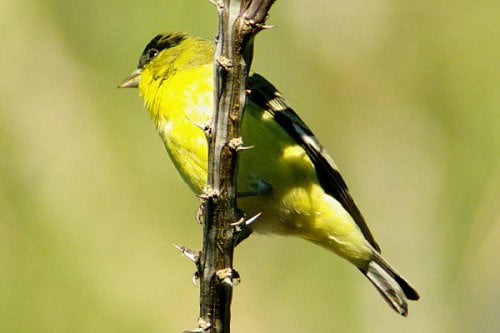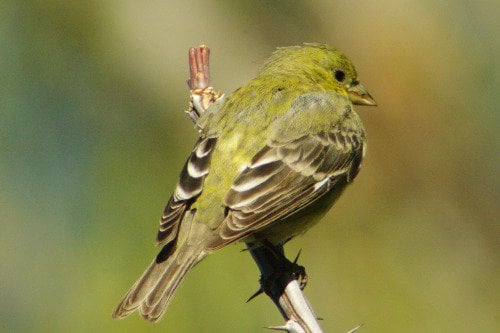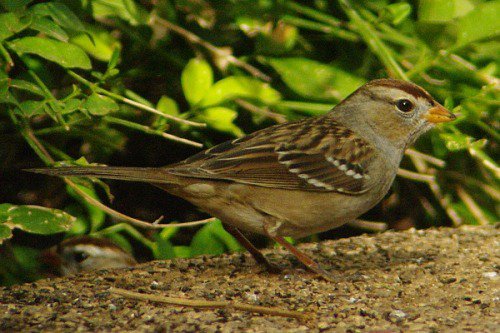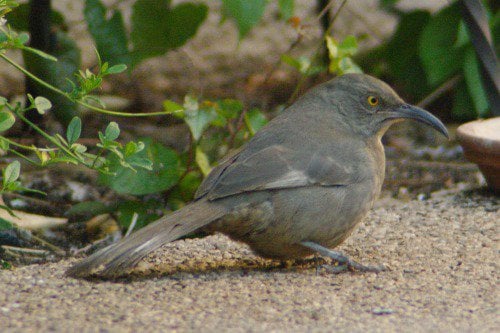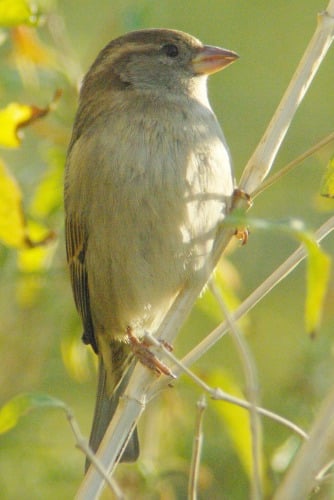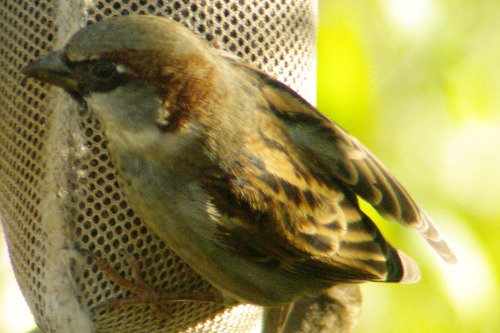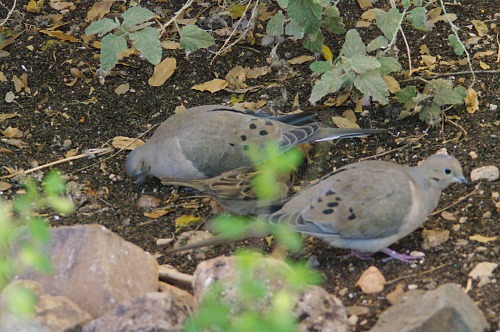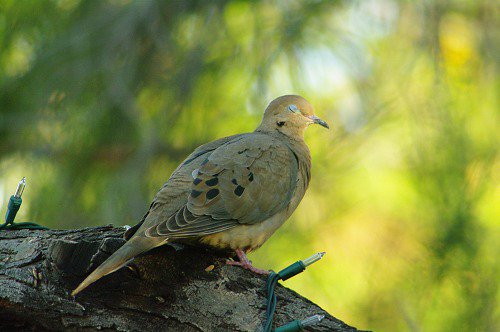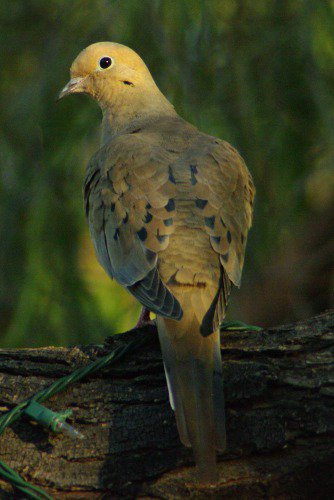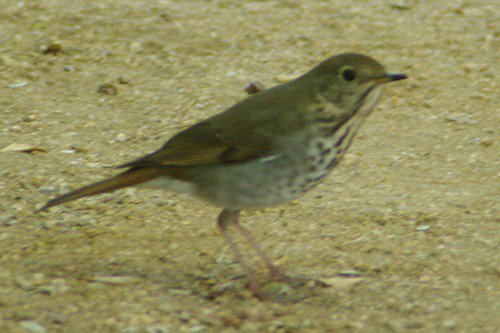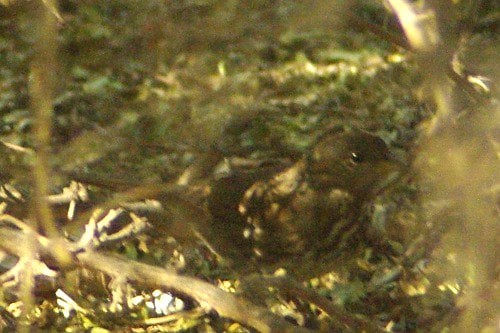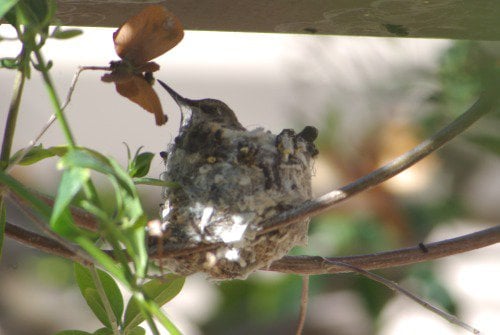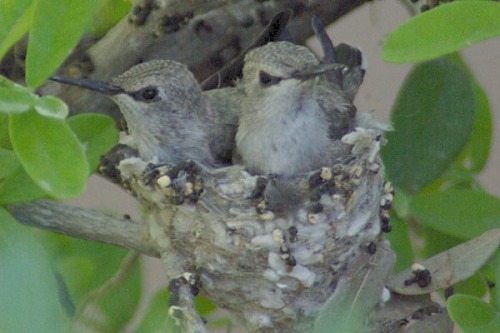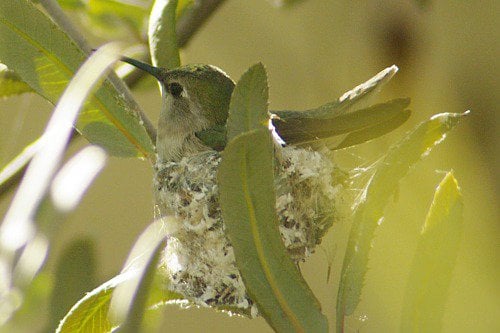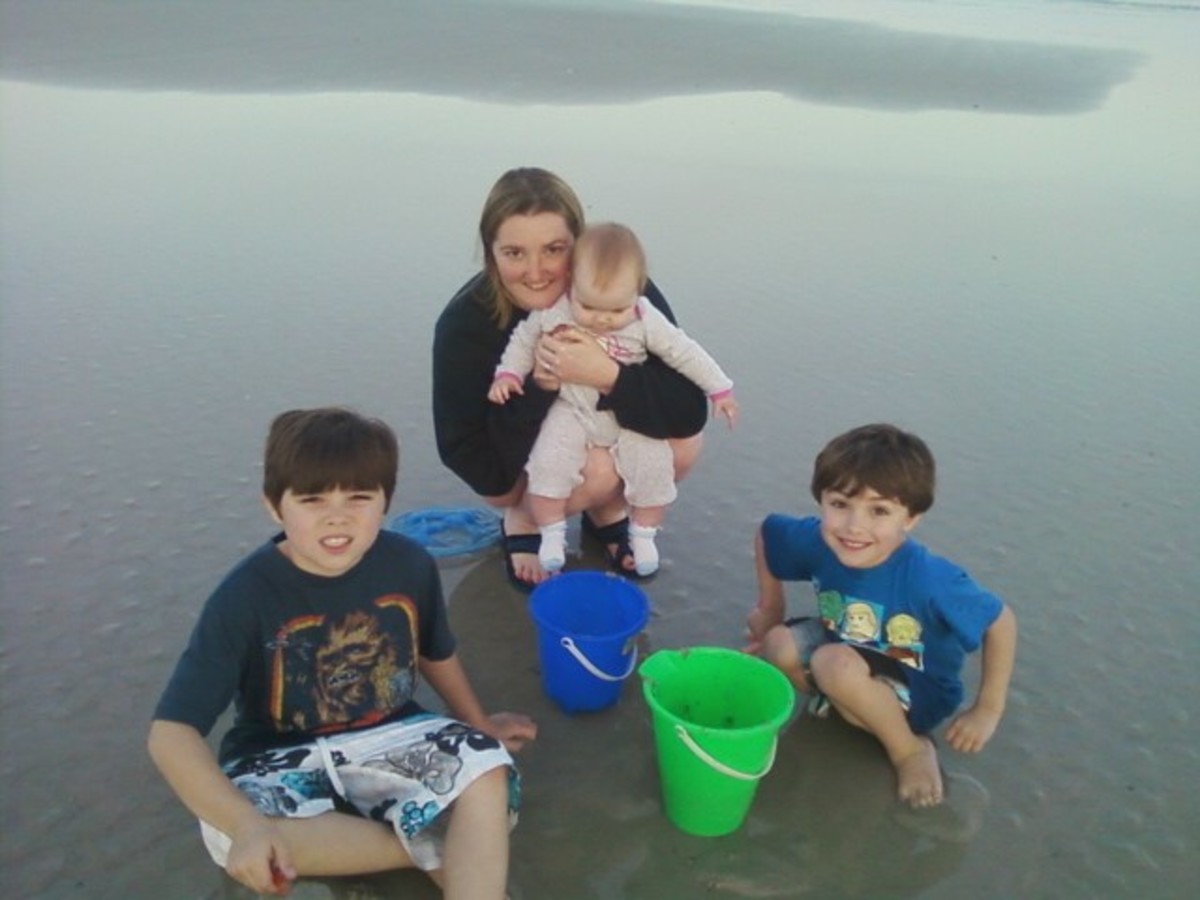Tohono Chul Park
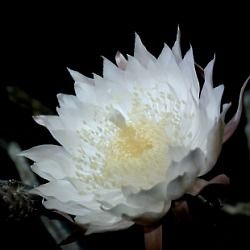
The Quiet Adventure
No rip-roarin' danger-filled, terror adventure here. If you can't be quiet, you don't belong here. It's the quiet adventure, especially if there are people watching the birds. (Hey, for some people, being quiet IS an adventure!) This little corner of the desert features many different native plants, and usually has something blooming every month of the year. In fact, southern Arizona itself has something blooming every month of the year (on my own property, I have found 75 species in bloom, and at least a few have occurred in each month, including December and January). This is one reason why it is an excellent destination for Christmas! You get balmy weather and flowers! Very refreshing.
"Tohono Chul" means "desert corner" in the Tohono O'odham language. In fact, the words "Tohono O'odham" means "desert people."
There are a few interesting buildings in the gardens, some of which house gift shops, and some of which are used for other purposes. I don't know who first erected these buildings, or how many of them were erected after the garden was begun, but I suspect some of them have been there for awhile. If I think of it, I'll ask! I will try to show a few of these, but mostly, I will concentrate on the wild things that live there.
Take a walk through the gardens with me, through tree-lined meandering paths. Sit awhile in the riparian area, watching the water gurgle over stones. Look at the wildflowers, and watch the hummingbirds sipping. Watch the birds who like to feast on the seeds in the seed socks. Listen to the breezes, and feel them soft on your face as you sit in the welcome shade. Walk a meandering path to see the desert plants and animals. Every turn in the path leads to a new scene.
The people are friendly and helpful. There are a few who have made it a point to greet me each time and tell me where they have last seen what they know I am looking for. They take the time to learn about the species.
I will talk about my many trips there. I have taken hundreds if not thousands of photos there.
The photo on the left is the Night-blooming Cereus, also known as Queen of the Night. Tohono Chul is famous for its bloom night, the one night of the year (or perhaps one of two nights) when these cacti bloom. They are pollinated by moths and have a heavenly odor.
All photos are mine.
Architecture and Art at Tohono Chul
Click thumbnail to view full-size



















Queen of the Night
This cactus is very unimpressive when not in bloom. In fact, it looks almost dead.
At Tohono Chul, they have around 30 plants, I would estimate. They're among other native vegetation in a field next to the cultivated part of the garden. The path that goes to these plants is around a mile long, so I am told (if I remember correctly). The personnel send out periodic emails when they notice signs that the cactus is about to bloom. All bloom on the same night, or on the night before or after. On the night of the bloom, they are open until midnight. You are encouraged to bring flashlights. They also serve refreshments. I have photographed the flowers both by flashlight and by camera flash. The color quality of the light is different with each method.
You can see one of the flowers in the introduction to this article.
The first photo above depicts a scene at night on Bloom Night, by the lamps they used.
Additional photos are of various architectural features and sculptures that add to the delight of the park.
The Geology Wall
Click thumbnail to view full-size


Recently, they have had a Fox Sparrow in the park. This is a rare bird for Arizona, so naturally I went to find it. They said it was near the Geology Wall. So where is the Geology Wall? I ask.
The Geology Wall was erected to honor Richard Fairfield Wilson, by his family, because he loved geology.
I had to try several times to find the sparrow, and the day I got him I was helped by a couple of local birders who had been watching him. He was under a hackberry bush to the north of the wall. It was dark under there, so the pictures I got were nothing to write home about, but hey! I saw him!
And while I was at it, I also saw a lovely House Wren.
Hummingbirds
Click thumbnail to view full-size



There are almost always hummingbirds in the park. Some species live here year round and others are special visitors.
Some of the birds I photograph aren't easy to identify, but others are. And I have been fortunate to see the nest of an Anna's Hummingbird two separate summers in a row.
Butterflies
Click thumbnail to view full-size





Monarch butterflies are not common in southern Arizona, but I see them frequently in the park. The staff of a local hospice releases Monarchs every Saturday to honor the departed.
Other butterflies are common in the area, or at least more likely to visit spontaneously.
A Few Birds
Click thumbnail to view full-size










Some birds, such as finches of various kinds, sparrows, and mourning doves, like the seed socks. There are seed socks in various locations throughout the park.
Other birds are native, and simply show up, because it's a natural habitat, and they like the garden atmosphere.
Other Wildlife
Click thumbnail to view full-size

There are not a huge number of ground vertibrates in the park. But during warm months, watch out for rattlesnakes. They like to be out when the weather is comfortable for YOU!
Someplace I have a photo of another species of lizard, which I will add when I find it.
What's Your Favorite?
What is the favorite type of plant or animal that you like to see?
Cactus
Click thumbnail to view full-size





Mixed in with the deciduous plants and succulents are numerous species of cactus, all blending in harmoniously with the other plants.
Flowers at Tohono Chul
Click thumbnail to view full-size












Tohono Chul Park boasts numerous flowering species. In springtime, it is a riot of color, but there are flowers there any time of year.
I have more to add when I find them. Please come back.
Riparian Area and other delights
Click thumbnail to view full-size






The Riparian Area is small but significant. It provides yet another habitat for interesting species.
More Birds
Click thumbnail to view full-size













Just a few more birds. This is a collection of fairly common desert species.
Anna's Hummingbirds Call It Home
What is the best sign of home? When you build a house and have kids, of course!
Anna's Hummingbirds seem to nest at Tohono Chul every year. I have gotten photos of their nests three different years.



Helpful Links
While I have been unable to find a decent book about Tohono Chul Park at Amazon, I did find one in the gift shop the other day. It's called The Flowering Plants of Tohono Chul Park. You might be able to go to their web site and order a copy directly from them. It's worth a try. It is illustrated with full color photos of the major species of flowers they tend to have all the time, together with their locations in the park and other information.
- Tohono Chul
Official park web site.
Locate Tohono Chul Park on Google
Get directions to the park.
Exploring the Species
Available at Amazon
Unfortunately, there are no current books on Tohono Chul Park. (Perhaps I should write one!) So these books are about species you may find there (and elsewhere), and would prove helpful in identifying some of the species you see there.
Wildflowers of Arizona Field Guide (Arizona Field Guides)
by Nora Bowers, Rick Bowers, Stan Tekiela
Succulents Simplified: Growing, Designing, and Crafting with 100 Easy-Care Varieties
by Debra Lee Baldwin
Birds of Southeastern Arizona
by Richard Cachor Taylor
I have this book. It is excellent!
Cactus of Arizona Field Guide (Arizona Field Guides)
by Nora Bowers, Rick Bowers, Stan Tekiela
Simon & Schuster's Guide to Cacti and Succulents: An Easy-to-Use Field Guide With More Than 350 Full-Color Photographs and Illustrations
by Pizzetti
I hope you enjoyed sharing this adventure with me.

